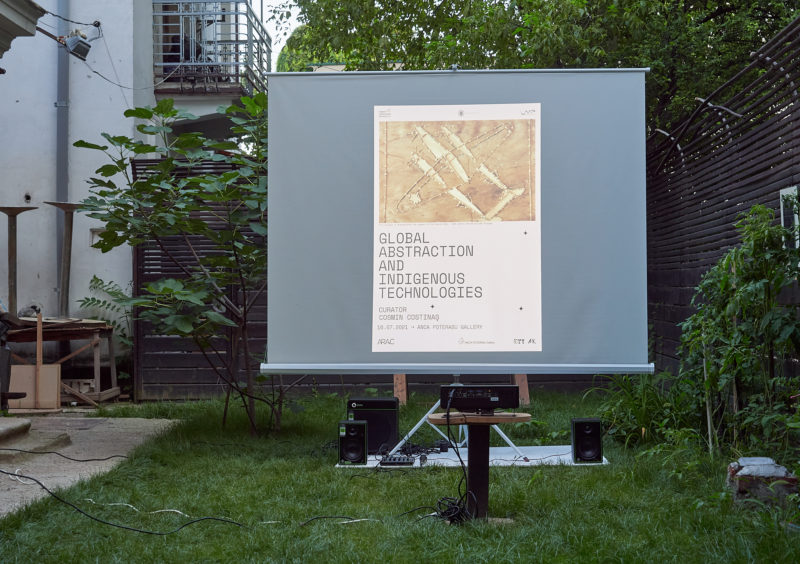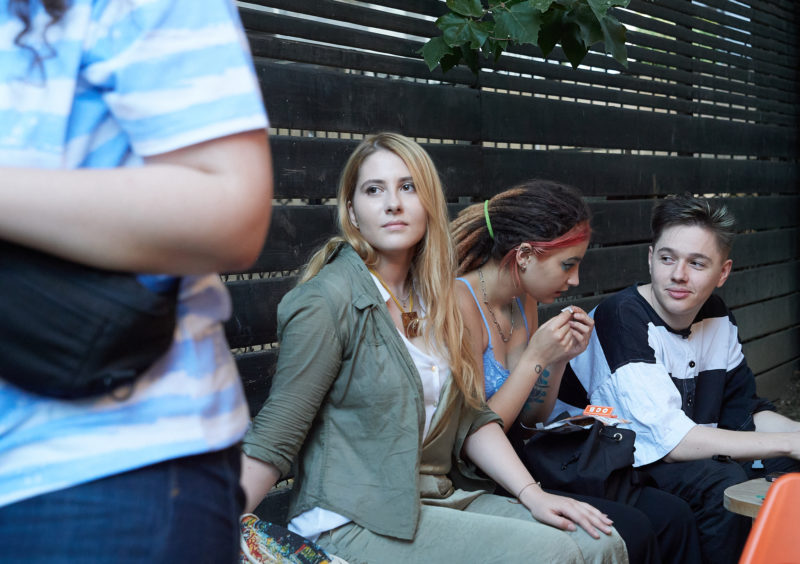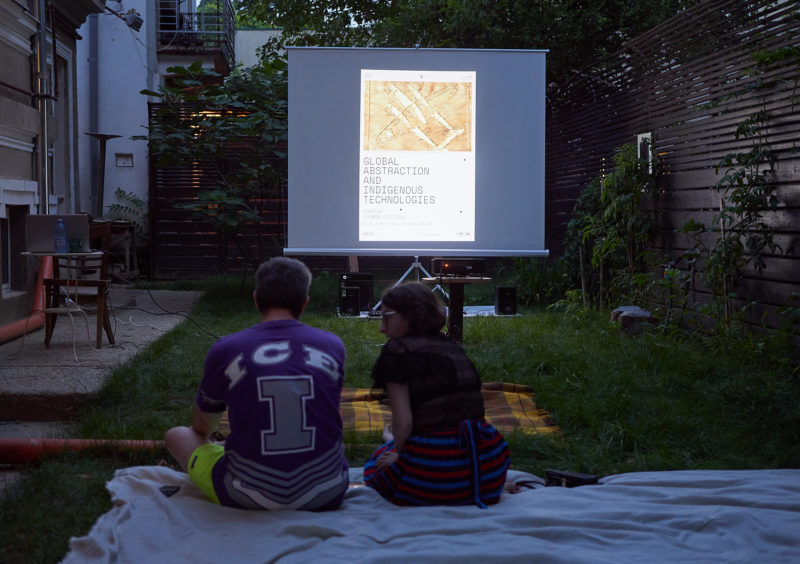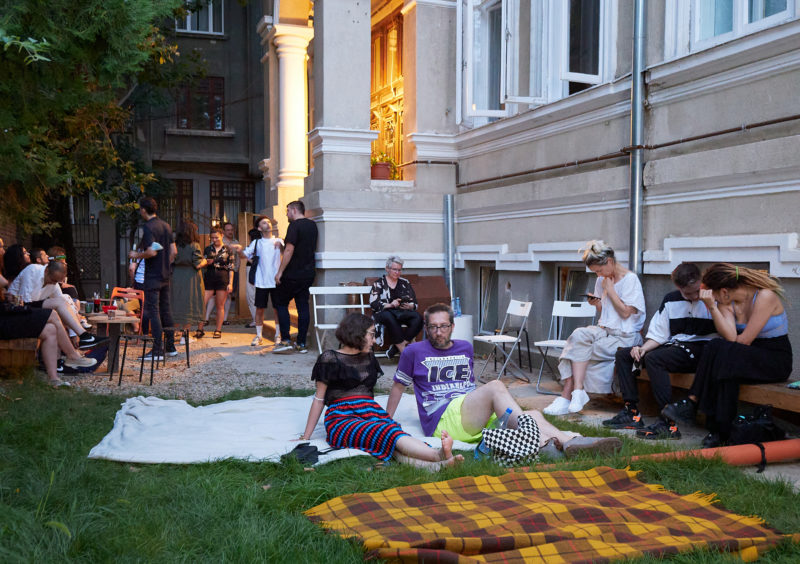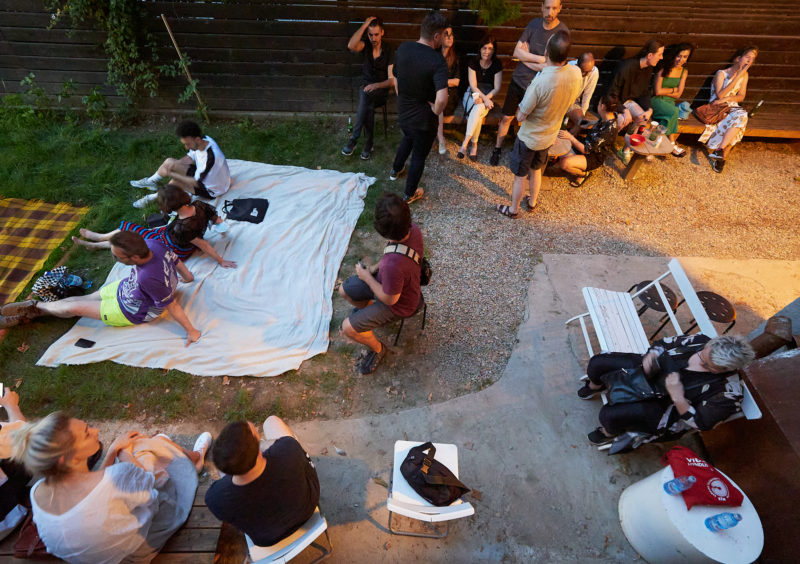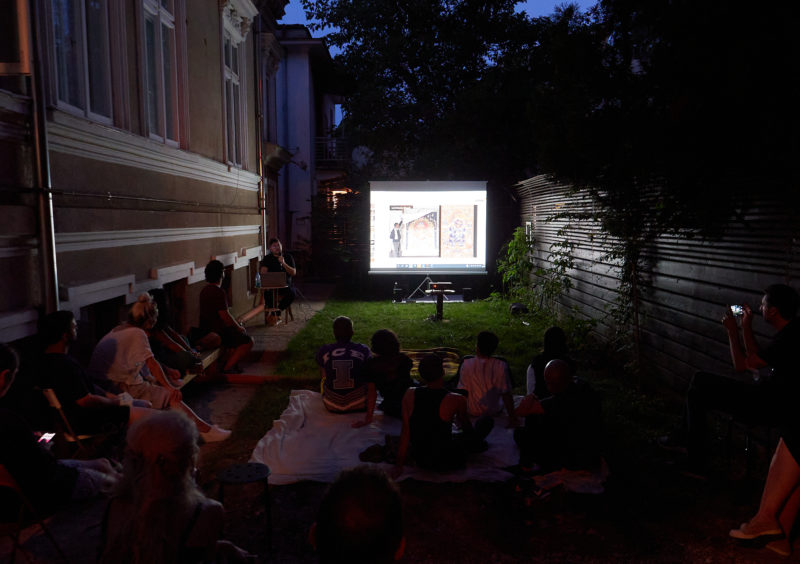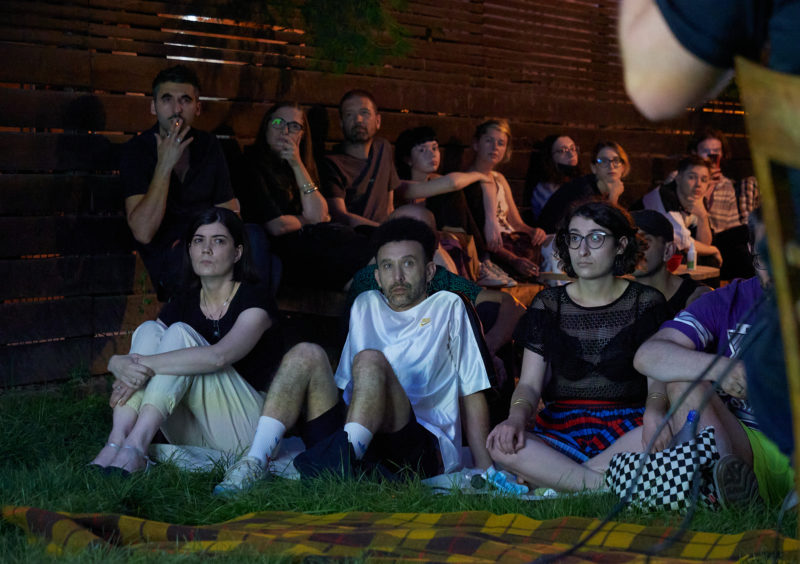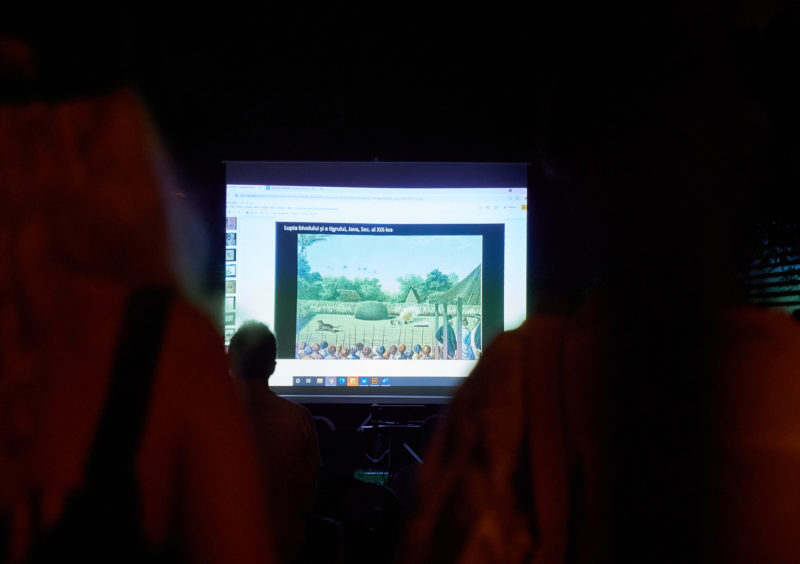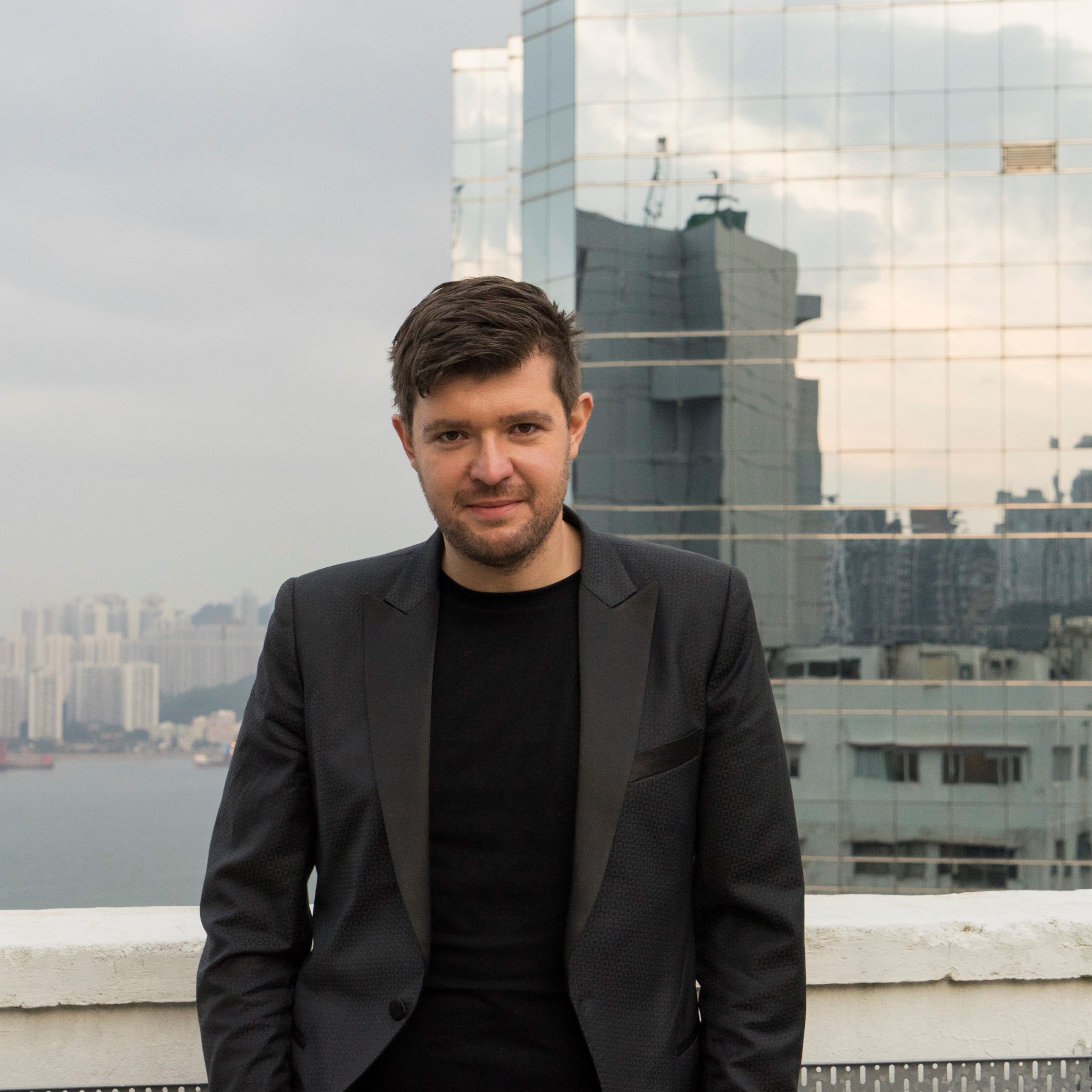
Cosmin Costinaș
Cosmin Costinaș (b. 1982, Satu Mare, Romania) is the Executive Director/Curator of Para Site, Hong Kong (since 2011) and Artistic Director of Kathmandu Triennale 2021. He was a Guest Curator of Dakar Biennale – – La Biennale de l’Art africain contemporain (2018) and of the Dhaka Art Summit (2018); Co-curator of the 10th Shanghai Biennale (2014) and of the 1st Ural Industrial Biennial, Ekaterinburg (2010); Curator of BAK, Utrecht (2008-2011) and Editor of documenta 12 Magazines, Vienna/Kassel (2005–2007).
At Para Site, Costinaş oversaw the institution’s major expansion and relocation to a new home in 2015, and curated or co-curated the exhibitions: ‘Garden of Six Seasons’ (2020); ‘Koloa: Women, Art, and Technology’ (touring at Nuku’alofa, Tonga and Artspace Aotearoa, Auckland, 2019-2020); ‘An Opera of Animals’ (touring at Rockbund Art Museum, Shanghai, 2019); ‘A beast, a god, and a line’ (touring at Dhaka Art Summit; Myanm/art&The Secretariat, Yangon; Museum of Modern Art in Warsaw; Kunsthall Trondheim; MAIIAM Contemporary Art Museum, Chiang Mai, 2018-2020); ‘Movements at an Exhibition, Manuel Pelmus’ (2017-2018); ‘Soil and Stones, Souls and Songs’ (touring at MCAD, Manila and Jim Thompson Art Center, Bangkok, 2016-2017); ‘Afterwork’ (touring at ILHAM, Kuala Lumpur, 2016-2017); ‘The World is Our Home. A Poem on Abstraction’ (2015-2016); ‘Sheela Gowda’ (2015); the conference ‘Is the Living Body the Last Thing Left Alive? The new performance turn, its histories and its institutions’ (2014; the homonymous major volume of original essays was published in 2017 with Sternberg Press, Berlin); ‘Great Crescent: Art and Agitation in the 1960s—Japan, South Korea, and Taiwan’ (touring at the Mori Art Museum, Tokyo, 2013-2015 and MUAC, Mexico City, 2016); ‘A Journal of the Plague Year’ (touring at The Cube, Taipei; Arko Art Center, Seoul; and Kadist Art Foundation&The Lab, San Francisco, 2013-2015; the homonymous volume was published in 2015 with Sternberg Press, Berlin); ‘Taiping Tianguo, A History of Possible Encounters: Ai Weiwei, Frog King Kwok, Tehching Hsieh, and Martin Wong in New York’ (touring at SALT, Istanbul; NUS Museum, Singapore; e-flux, New York, 2012-2014; the homonymous volume was published in 2015 with Sternberg Press, Berlin), a.o.
At BAK in Utrecht he curated ‘Spacecraft Icarus 13. Narratives of Progress from Elsewhere’ (2011), as well as solo exhibitions of Olga Chernysheva (2011), Rabih Mroue (2010, touring at Iniva – Institute of International Visual Arts, London; Lunds konsthall; tranzit+display, Prague; and Württembergischer Kunstverein Stuttgart, 2011), Boris Charmatz (2010), and Mona Vatamanu and Florin Tudor (2009), as well as the 1st Former West Congress (with Maria Hlavajova, 2009). He co-authored the novel ‘Philip’ (2007) and has edited and contributed his writing to numerous books, magazines, and exhibition catalogs and has taught and lectured at different universities, art academies, and institutions across the world.
Global abstraction and indigenous technologies
16.07.2021 l Anca Poterasu Gallery
The talk will focus on two exhibitions. The world is our home. A poem on abstraction, co-curated by Costinas and Inti Guerrero, featured works by Robert Motherwell, Bruce Nauman, Tomie Ohtake, and Tang Chang and took as its point of departure a moment in the abstract movement of the postwar era, when dominant international vocabularies became entangled with traditional Asian painting. The three abstract painters in the show were active outside of East Asia (and each in a different continent) but their experimental practices incorporated artistic traditions of this region, revealing both formal similarities as well as distinctiveness in their appropriation of ink painting and calligraphy. The exhibition was also interested in how their respective contexts each incorporated the aesthetic and political paradigms delivered by the Cold War, and how each of the artists carved their own position amidst these circumstances, as well as how different levels of marginality were and still are operated by art historical narratives.
The second traveling exhibition, Koloa: Women, Art, and Technology, curated by Lady Tuna Fielakepa, Cosmin Costinas, and Vivian Ziherl, discussed the extensive pathways of knowledge, technology, aesthetics, as well as social and ecological lineages in which customary women’s arts in Tonga (koloa) are enmeshed. Through a ceremonially orchestrated system of exchange as well as of collecting, the arts of koloa (primarily bark cloth making – ngatu, and fine mat weaving) have been a crucial component in binding the extensive maritime geography of Tonga and of most of the other Pacific islands. Koloa’s historical development, survival and resistance, as well as contemporary vibrancy or processes of revival are deeply connected to other practices and distinct knowledge repertoires in the region such as Sāmoan tatau (body-marking), Māori ocean and celestial navigation, and the incorporation of modern technology into existing infrastructures (such as the case of ngatu). Discussing these media within a contemporary art framework affirms a commitment to expanding what is acknowledged as contemporary artistic practices. It responds to a political agenda to decolonise taxonomies and perspectives and to move beyond the category of art as defined by colonial legacies, by including artists working with and from within multiple aesthetic and cosmological perspectives and meanings, manifesting the multiplicities that construct our kaleidoscopic global reality.
